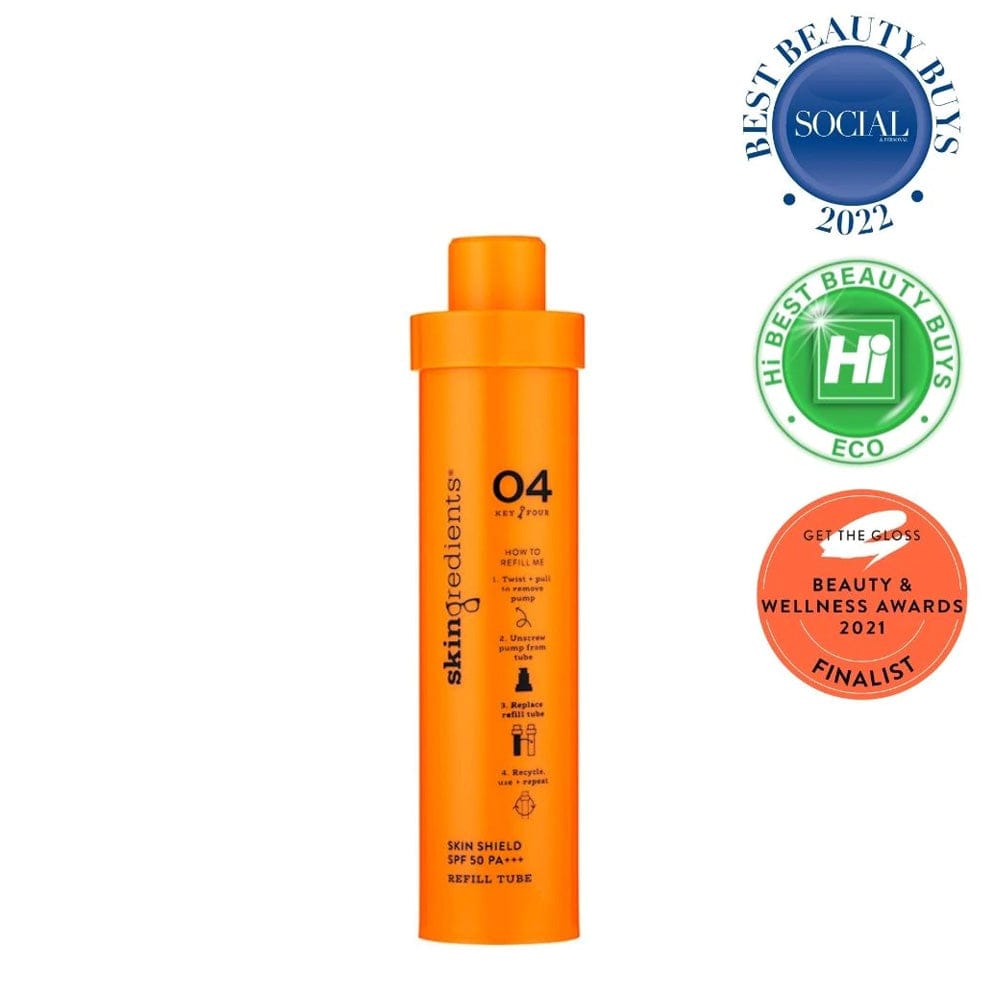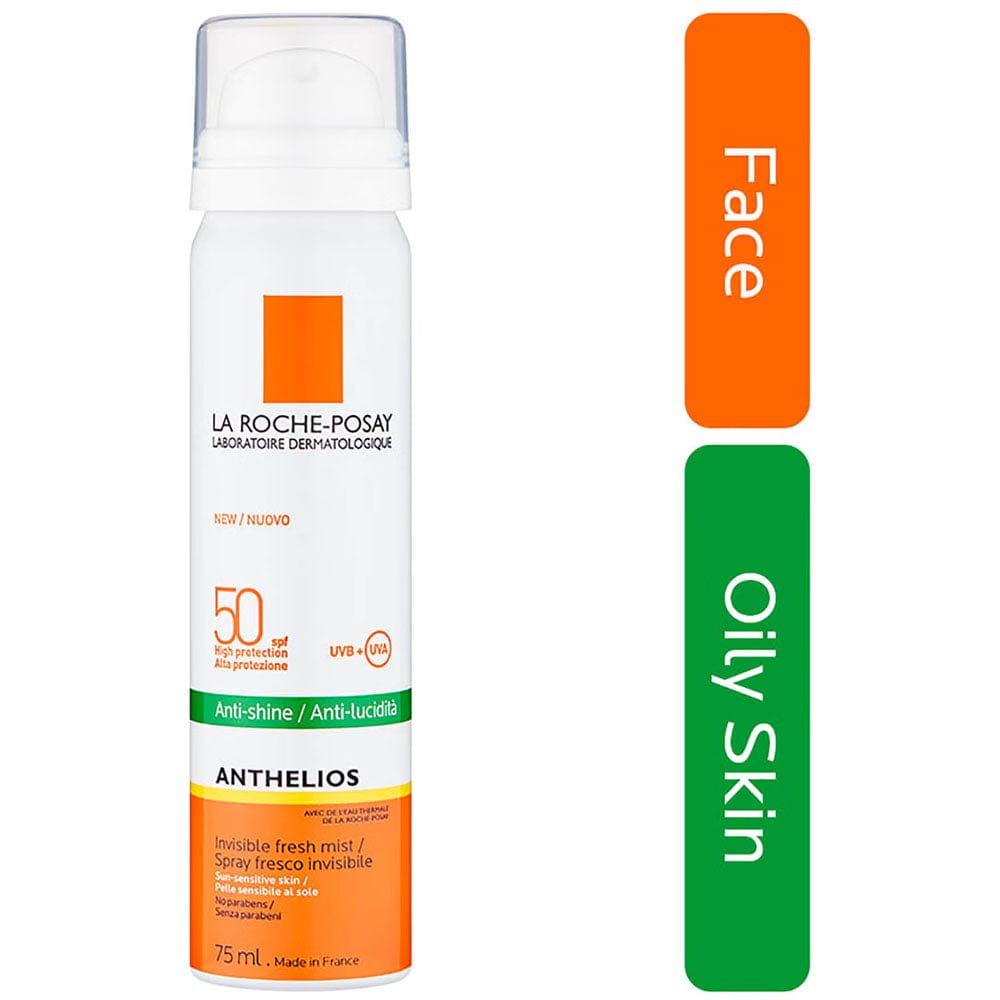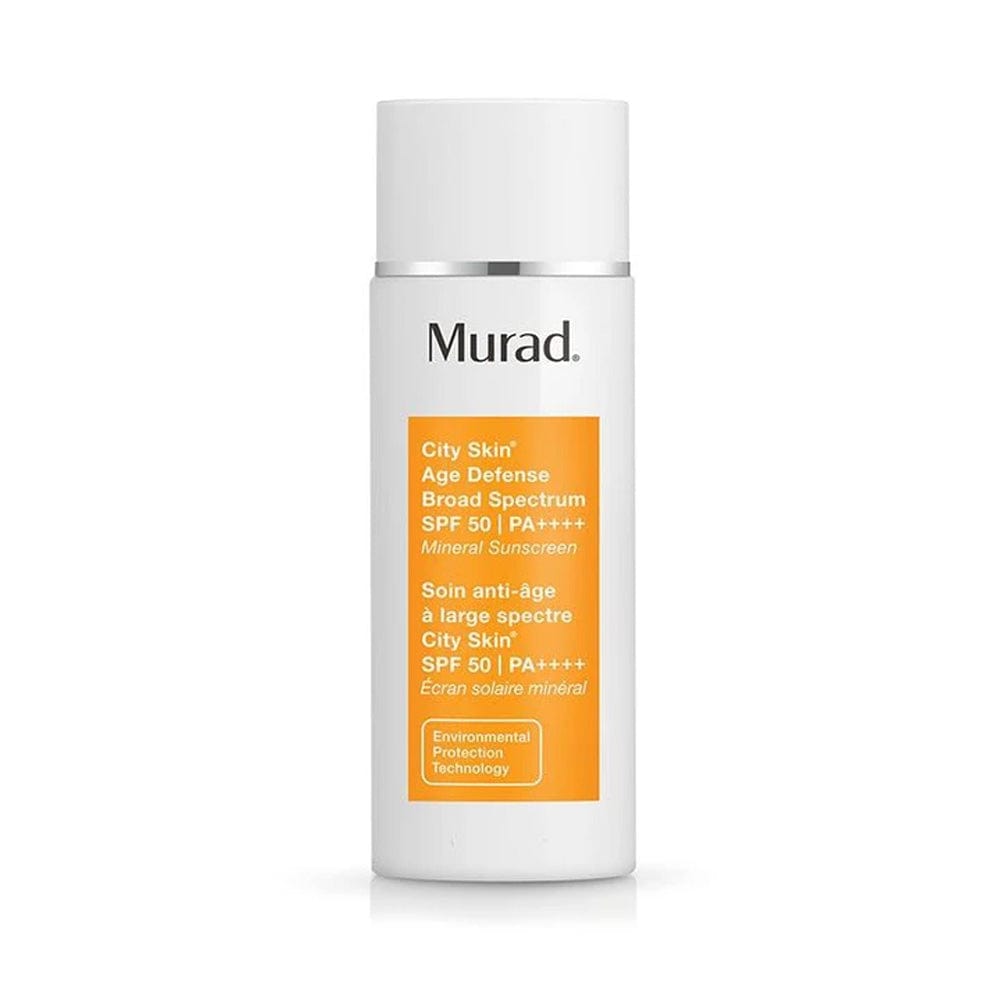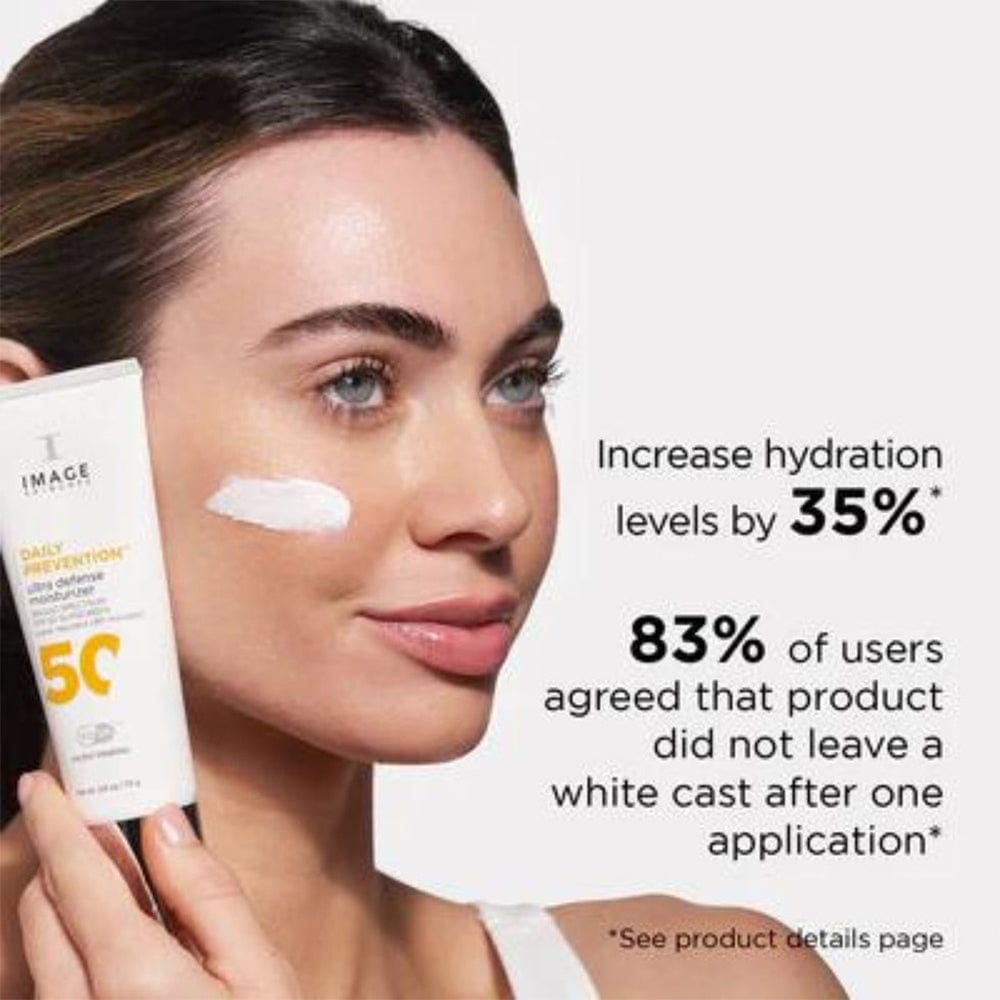When it comes to sun protection factor, not all SPFs are created equal. Broad spectrum sunscreens go the extra mile—shielding your skin from sun exposure, in many cases, blue light too. Whether you’re chasing sunshine on holiday, popping out for coffee, or working in front of your computer, a high-quality SPF is your skin’s first line of defence against premature ageing, DNA damage and hyperpigmentation. In this guide, we’re breaking down what broad spectrum really means and sharing the very best SPFs to slot into your skincare routine.
Click on the links below to jump to that section:
- What does broad spectrum SPF mean?
- How can you tell is a sunscreen blocks UVA and UVB?
- Top picks for broad-spectrum sun protection this summer
- How to choose the right SPF for your skin type
It means you’re covered for the full range of harmful sun rays, including blue light
Look for UVA & UVB protection, PA isn’t enough. Explore some of the best ultraviolet filters
Discover some of the hottest sunscreens with wide-ranging UV filtration
Dry, oily or sensitive, there’s a flawless and full-protection product out there for you
What does broad spectrum SPF mean?
Broad spectrum SPF protects against UVA and UVB light, and often blue light too. Paired with a high SPF, it offers the best sunblock.
There are three different types of UV rays, UVA is the most harmful, followed by UVB and then finally, UVC (but you don’t have to worry about that too much).
- UVA penetrates deeply into the skin and is the main culprit behind sunburn, but it also contributes to skin cancer risk and premature ageing. Most of the UV radiation that reaches Earth is UVA because it can penetrate the atmosphere.
- UVB is mostly absorbed by the ozone layer, and it can’t penetrate the skin as deeply. However, its shorter wavelength means it’s actually more damaging.
- UVC is entirely absorbed by the ozone layer, so it isn’t a concern when spending time in the sun. But, because it has the shortest wavelength, it’s the most dangerous, so be careful using artificial UV lights.

A broad spectrum sunscreen will block the UVA and UVB rays from the sun, some even block blue light. As you can see from the electromagnetic light spectrum below, blue light is very close to UV – meaning it likely has damaging effects. In fact, blue light exposure has been linked to hyperpigmentation and oxidative damage. Exposure to a broad spectrum of light is inevitable in modern life, so a good daily facial sunscreen is absolutely essential.

How can you tell if a sunscreen blocks UVA and UVB?
Most sunscreens will display on the label whether they are broad spectrum. They may mention that it blocks both UVA and UVB – this means the same thing. However, even if it doesn’t say either of the above, it can still offer full protection; you may need to dig a bit deeper into the types of sunblock included. Some filters are better than others. For example, La Roche Posay use a patented filter which offers long-lasting, full protection.
What sunblocks are broad spectrum?
Before writing off the sunscreens that don’t say they’re broad spectrum, you should understand which filters are going to give you the right UV protection. Some of the most exceptional broad spectrum filters are listed below:
- Zinc oxide (also a mineral UV filter for sensitive-skinned humans)
- Bis-Ethylhexyloxyphenol Methoxyphenyl Triazine
- Butyl Methoxydibenzoylmethane
- Drometrizole Trisiloxane
- Methylene Bis-Benzotriazolyl Tetramethylbutylphenol
- Tris-Biphenyl Triazine
However, this isn’t a definitive rule. Even if your facial SPF doesn’t contain any of the hero sun blocks, by pairing the right narrow spectrum sunscreens together, cosmetic chemists can create a full protection formula.
Top Picks for Broad Spectrum SPF This Summer
1. Skingredients Skin Shield Moisturising and Priming SPF 50 PA+++
We’ve mentioned this product in our run-down of the best mineral sunscreens and the best SPF50, because it really is that versatile. This Skingredients tinted mineral SPF primer is the perfect base for makeup. The micronised zinc oxide offers high protection from harmful UV rays and blue light, without a grey cast. Meanwhile, the other skin-nourishing ingredients give your complexion a dewy, sun-kissed glow.



| Benefits: |
|---|
|
| Drawbacks: |
|
Perfect For: wearing underneath makeup, oily complexions and sensitive skin
2. La Roche-Posay Anthelios Invisible Anti-Shine Face Mist SPF50+ 75ml
The La Roche Posay Anthelios range stands out in the sunscreen market because of its patented broad spectrum sun filter. It offers ultra-high UVA protection (PA+++). This particular anti-shine face mist formula is ideal for oilier complexions, and for topping up your SPF over makeup.



| Benefits: |
|---|
|
| Why We Love It: |
|
Perfect For: reapplying throughout the day, oily, acne-prone and sensitive skin
3. Murad City Skin Age Defense Broad Spectrum SPF 50
If you’re a city dweller, look no further than the Murad City Age Defense SPF50. It contains extremely high UVA protection (PA++++), blocks UVB, HEV light and also includes a shield against environmental pollutants and everyday aggressors. It’s a staple in any anti-ageing routine.


| Benefits: |
|---|
|
| Why We Love It: |
|
Perfect For: All skin types, particularly dry and sensitive complexions
4. Image Daily Prevention Ultra Defence Moisturizer SPF50
This dermatologist-developed clinical-grade sunscreen is a smart choice for all complexions but particularly mature skin. Not only does it offer very high, full spectrum sun protection, but it also helps to hydrate, fight free radical damage and add an extra layer of defence against premature ageing, wrinkles and fine lines. This formula blends into all skin tones without a white cast.



| Key Ingredients: |
|---|
|
| Why We Love It: |
|
Perfect For: Inflammation, mature, sensitive and post-procedure skin. All skin types can use this product without a white cast.

How to choose the right SPF for your skin type
What might work for one person, may not work for you, so it’s essential to know how to pick out the sunscreen features you need without compromising on high protection.
- Sensitive skin should focus on a mineral sunscreen, or an SPF formulated for reactive complexions.
- Oily, acne-prone skin can be trickier to shop for. You could benefit from a lightweight SPF, a water-based filter or mattifying sunscreens. You won’t want anything thick and heavy, so chemical sunscreens could be your best bet.
- Dry skin really needs skin-nourishing ingredients like hyaluronic acid, ceramides and glycerin. CeraVe’s AM Moisturising Lotion, SPF50 can be a good start for drier skin.
Frequently Asked Questions:
How much sunscreen should I use?
Typically, you should apply 2 fingers’ length or a penny-sized amount all over the face and neck, although this can look different depending on the texture and dispensing systems. If in doubt, apply a thin layer, let it sink in and then apply another thin layer. This ensures you’ve applied enough sunscreen without leaving a white cast.
How often should you reapply broad spectrum sunscreen?
Don’t forego reapplication just because you’re using a good, high-protection sun cream. Sun filters degrade over time, especially in full sun. Swimming, heavy perspiring and towel drying your face all cause your sunscreen to wear off. You should aim to reapply every 2 hours to maintain protection. Use a mattifying spray sunscreen if you want to reapply over makeup.
Is a broad spectrum UV filter better?
Yes, broad spectrum SPF is considered the best because it covers the entire range of harmful UV light. It’s best to have a broad-spectrum sunscreen that’s also at least SPF50 UVA and UVB protection is a bare minimum.
Is mineral sunscreen broad spectrum?
Most mineral sunscreens block UVA and UVB but the best ones rely on zinc oxide. Titanium dioxide isn’t as good at blocking UVA rays, but it is less noticeable on the skin. Zinc oxide offers the highest amount of UVA protection, if you don’t mind a slight white cast.


